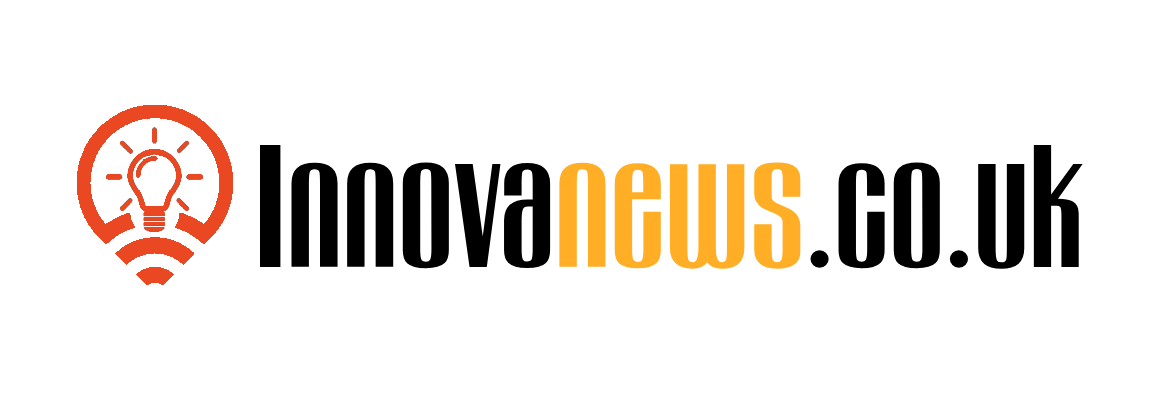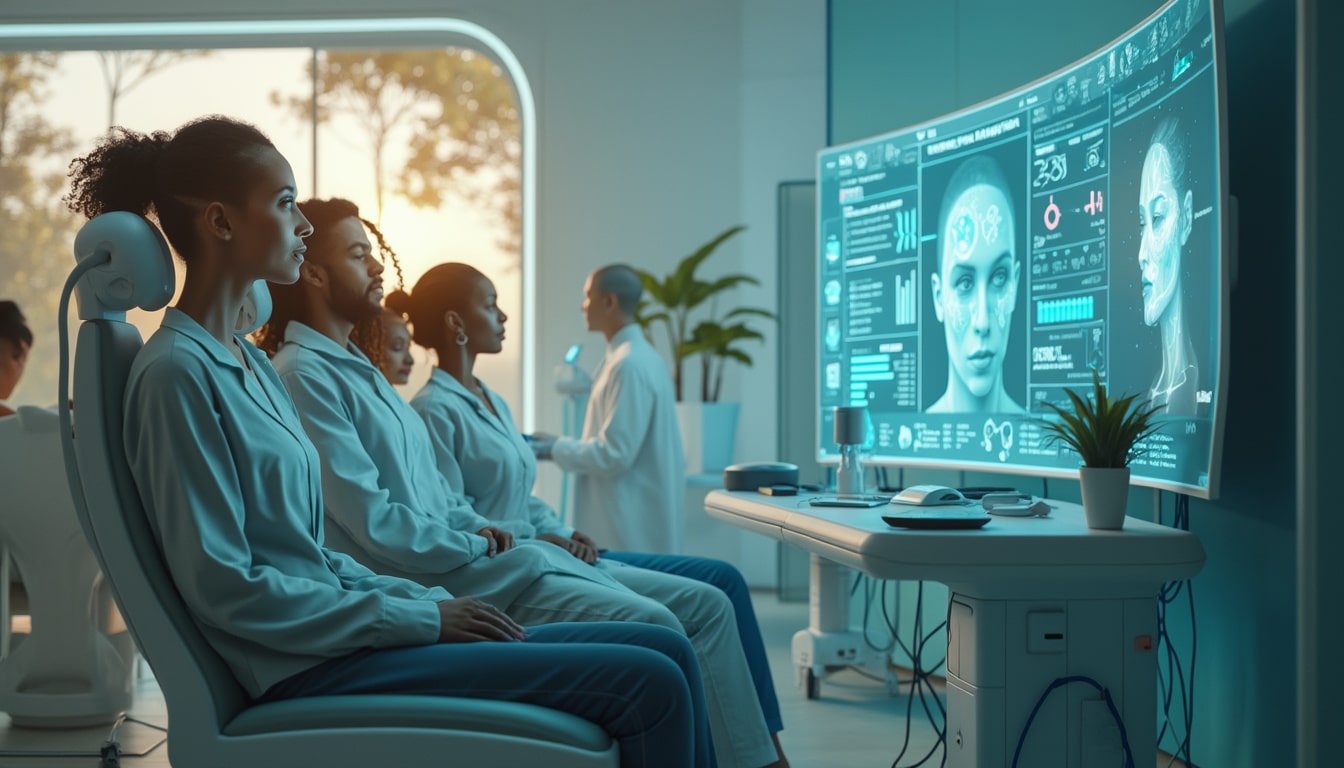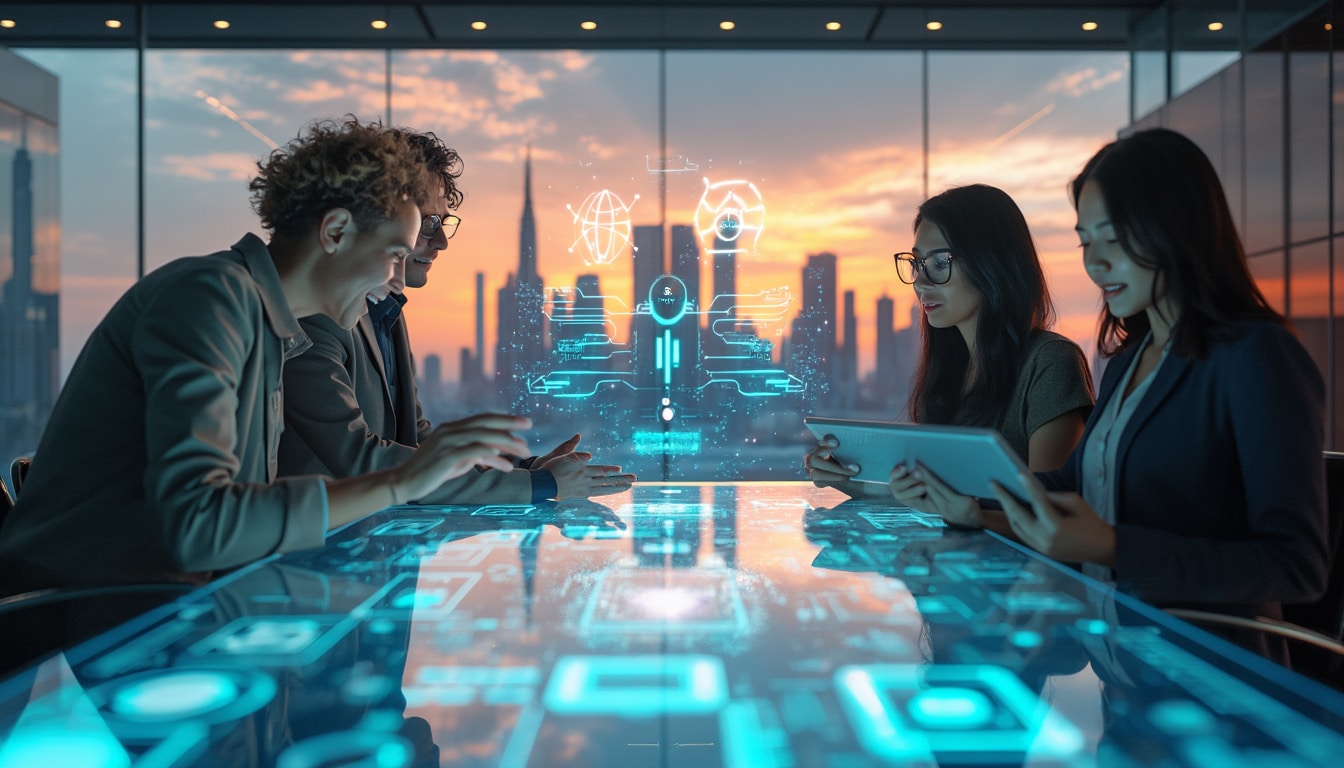« `html
Ever feel like your smartphone knows you better than your grandma?
Welcome to the age where ChatGPT isn’t just a fancy chatbot, but your go-to sidekick.
Let’s dive into how different generations are having their own AI adventures.
For the older generation, ChatGPT is the new Google, eagerly awaiting their queries and serving up answers faster than a teenager can swipe right. The younger crowd, on the other hand, sees AI as their personal assistant, seamlessly woven into every facet of their lives. Students, especially, have taken ChatGPT to heart, using it as a digital life coach to ace their assignments and manage their chaos. This dynamic shift shows just how AI has become a pivotal player in both academic pursuits and everyday decisions.

Table of contents
ToggleUnderstanding the differing perceptions of chatgpt between boomers and gen z
In the ever-evolving landscape of artificial intelligence, ChatGPT has emerged as a pivotal tool reshaping how different generations interact with technology. While baby boomers view ChatGPT primarily as a sophisticated replacement for traditional search engines like Google, Gen Z embraces it as an integral part of their daily lives, serving as a hyperconnected personal assistant. This generational divide highlights how cultural and technological fluency influences the adoption and utility of AI tools.
What motivates boomers to use chatgpt as a Google substitute?
For many boomers, the transition from conventional search engines to AI-driven platforms like ChatGPT represents a natural evolution in seeking information. According to Sam Altman, CEO of OpenAI, older individuals often use ChatGPT as a direct replacement for Google, posing questions and expecting comprehensive answers in return. This usage pattern underscores a preference for simplicity and efficiency in information retrieval, traits that align with the boomers’ familiarity with structured and straightforward search methodologies.
Moreover, the User-Friendly Interface of ChatGPT appeals to boomers who may not be as comfortable navigating the myriad of features and advertisements that often clutter traditional search engines. By providing a more conversational and streamlined experience, ChatGPT reduces the cognitive load associated with information hunting, making it an attractive tool for daily queries and learning.
Additionally, the trust in authoritative responses plays a significant role. Boomers, having grown up with authoritative sources like encyclopedias and established news outlets, perceive ChatGPT’s consistent and reliable answers as an extension of these trusted information repositories. This trust fosters a sense of security and reliability that is crucial for this demographic when adopting new technologies.
How does Gen Z utilize chatgpt as a personal assistant?
Contrasting sharply with boomers, Gen Z integrates ChatGPT into nearly every facet of their lives, treating it as a digital personal assistant. For younger users, ChatGPT goes beyond answering questions; it assists in planning, organizing, and even making personal decisions. This profound integration is driven by Gen Z’s innate comfort with technology and their penchant for leveraging digital tools to enhance efficiency and productivity.
Sam Altman notes that for Gen Z, interacting with ChatGPT is akin to having a constantly available aide that adapts to their unique needs. This generation uses ChatGPT for diverse tasks such as brainstorming ideas, managing schedules, and even seeking advice on personal matters. The AI’s ability to remember past interactions and learn from user preferences allows it to provide tailored assistance, making it an indispensable part of their daily routines.
Furthermore, the collaborative nature of ChatGPT aligns with Gen Z’s preference for interactive and dynamic engagements. Unlike the more transactional interactions boomers have with ChatGPT, Gen Z expects a more conversational and intuitive experience, where the AI anticipates their needs and provides proactive support. This seamless integration of AI into their lives highlights a significant shift in how younger generations perceive and utilize technology.
In what ways does chatgpt influence decision-making across generations?
ChatGPT’s role in decision-making processes varies significantly between boomers and Gen Z, reflecting broader generational attitudes towards technology and autonomy. For boomers, ChatGPT serves as a tool to enhance decision-making by providing quick and reliable information. They tend to use the AI for fact-checking, gaining different perspectives, and ensuring they have all necessary data before reaching a conclusion.
On the other hand, Gen Z often relies on ChatGPT not just for information, but as a sounding board for their ideas and decisions. The AI’s interactive nature allows younger users to explore multiple scenarios and outcomes, fostering a collaborative decision-making process. This reliance indicates a level of trust in AI-driven insights, sometimes even prioritizing them over traditional methods or personal judgment.
This generational difference underscores a fundamental shift in approaching decisions—where boomers may value comprehensive information retrieval, Gen Z values interactive and adaptive support. Consequently, ChatGPT becomes a trusted partner for the latter, influencing not only what decisions are made but also how they are approached.
How has chatgpt become an essential tool for students?
Among the 18-30 age group, ChatGPT is revered as a digital life advisor, particularly among students who maximize its potential in academic settings. Sam Altman describes students’ usage as akin to operating an entire operating system, where the AI facilitates constant interaction, reuse of prompts, shared documents, and optimized organization centered around the AI. This deep integration is not just a study aid but a comprehensive support system that adapts to both educational and personal needs.
The reliance on ChatGPT among students is evident in the doubled usage statistics for homework assistance, jumping from 13% to 26% within a year among the 13-17 age group, as reported by the Pew Research Center. This surge reflects how deeply embedded ChatGPT has become in academic methodologies, enabling students to enhance their research, improve their writing, and streamline their study processes efficiently.
Furthermore, ChatGPT supports collaborative projects by facilitating seamless communication and idea sharing. The AI’s ability to handle repetitive tasks, generate creative content, and provide instant feedback allows students to focus on higher-level thinking and innovation. This transformative role not only enhances academic performance but also prepares students for a future where AI-driven tools are commonplace in professional environments.
Why do younger generations often consult chatgpt before making decisions?
For younger generations, particularly Gen Z, consulting ChatGPT before making decisions has become a norm, signifying a new era of informed and data-driven choices. Sam Altman emphasizes that « some do not make personal decisions without consulting ChatGPT, » highlighting an accepted form of dependency where the AI leverages its knowledge of users’ past interactions and preferences to offer personalized advice.
This behavior reflects a broader cultural shift towards embracing technology as a trusted advisor. Gen Z’s seamless integration with digital tools means they expect AI to understand and anticipate their needs, providing recommendations that are both relevant and timely. This dependency is not viewed negatively but rather as an enhancement to their decision-making process, ensuring that choices are well-informed and aligned with their personal goals and values.
Moreover, the ability of ChatGPT to process vast amounts of information quickly allows younger users to evaluate multiple options and outcomes before settling on a decision. This comprehensive approach reduces uncertainty and increases confidence in their choices, making ChatGPT an indispensable assistant in both personal and professional realms.
How pervasive is chatgpt usage among young adults and adolescents?
ChatGPT’s adoption rate among young adults and adolescents is staggering, as evidenced by a 2025 OpenAI report stating that they are the most substantial user base for the tool. Specifically, over a third of individuals aged 18-24 utilize ChatGPT regularly, indicating its crucial role in their everyday lives. The rapid and deep-seated integration of ChatGPT into their routines underscores its significance as a primary digital tool.
The proliferation of ChatGPT usage among the 13-17 demographic, with its usage doubling for homework from 13% to 26% in a single year, as per the Pew Research Center, illustrates how quickly this AI has become embedded in academic and personal habits. This trend signifies not just a transient interest but a lasting shift in how younger generations approach learning, problem-solving, and information consumption.
This widespread adoption is facilitated by the user-friendly nature of ChatGPT and its ability to cater to the dynamic needs of young users. The AI’s adaptability and responsiveness make it an ideal companion for managing the complexities of modern education and personal life, ensuring that it remains an essential tool for the newer generations.
In what ways is chatgpt integrated into the daily operations at openai?
The influence of ChatGPT extends beyond external users, permeating the daily operations within OpenAI itself. Sam Altman reveals that ChatGPT is instrumental in writing a significant portion of the organization’s code, mirroring Sundar Pichai’s observation that Google’s AI contributes to 25% of new code developed by his teams. This internal utilization demonstrates that ChatGPT is not merely an ancillary tool but a core component of professional workflows.
Using ChatGPT for coding tasks facilitates efficiency and reduces the burden of repetitive tasks on developers. The AI assists in generating code snippets, debugging, and optimizing existing codebases, allowing engineers to focus on more complex and creative aspects of software development. This symbiotic relationship between human expertise and AI assistance exemplifies the potential of AI to enhance productivity and innovation within organizations.
Furthermore, the integration of ChatGPT into daily operations at OpenAI exemplifies how AI tools can be seamlessly embedded into professional environments, becoming indispensable collaborators rather than mere tools. This internal reliance underscores the reliability and versatility of ChatGPT, reinforcing its value proposition to external users across different demographics.
What does altman foresee for the future of ai as a digital companion?
Sam Altman, CEO of OpenAI, envisions a future where AI evolves into a ubiquitous digital companion, deeply ingrained in our daily lives. He articulates that « AI is becoming a companion, always present and always consulted, » highlighting a transformative shift from passive tools to active participants in personal and professional spheres. This evolution signifies a future where AI not only responds to queries but anticipates needs, providing proactive support and enhancing human capabilities.
Altman’s perspective suggests that as AI continues to advance, it will become increasingly sophisticated in understanding and interacting with users. This progression will enable AI to offer more personalized and context-aware assistance, effectively becoming an extension of ourselves. Such an integration raises intriguing possibilities for enhancing productivity, creativity, and overall quality of life.
However, this future also brings forth questions regarding dependency, privacy, and the ethical use of AI. As AI becomes more integral to our lives, ensuring that it remains a tool that empowers rather than controls becomes paramount. Altman’s vision emphasizes the need for responsible AI development, ensuring that these digital companions enhance human potential while safeguarding individual autonomy and privacy.
Here are some related articles you might find interesting:
- Meta’s Hypernova glasses might hit the market sooner than anticipated
- MidJourney launches its new V7 image generator following the release of OpenAI’s GPT-4O
- Exploring JuicyChat AI: Have we felt guilty about enjoying it so much?
- Data breach at Vroom exposes sensitive information about Australian drivers’ licenses and bank accounts
- Ready for a stroll through the hidden gardens of Versailles?














